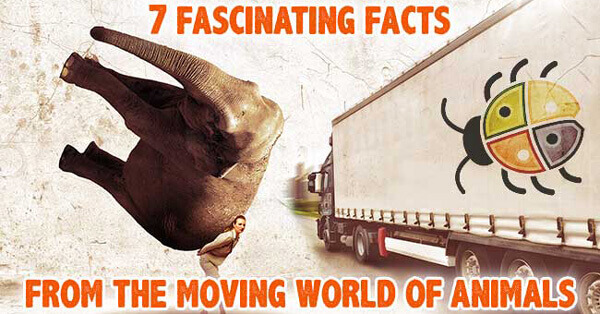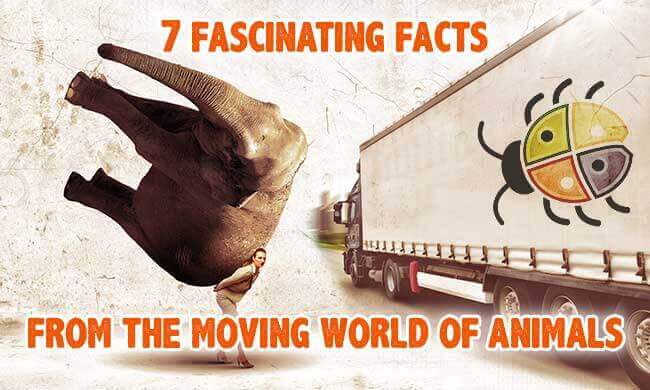 The animal kingdom is inhabited with many different types of species – some we see almost every day, some are rare and inhabit remote territories while others are so small that we don’t even suspect they live all around us. Each one of these millions of species has developed specific set of tools and behavioral characteristics that give them strategic advantage in the everyday struggle for survival. Some of these tools and skills are so odd from our human perspective that we may find them entertaining if they could be applied to the relentless moving world.
The animal kingdom is inhabited with many different types of species – some we see almost every day, some are rare and inhabit remote territories while others are so small that we don’t even suspect they live all around us. Each one of these millions of species has developed specific set of tools and behavioral characteristics that give them strategic advantage in the everyday struggle for survival. Some of these tools and skills are so odd from our human perspective that we may find them entertaining if they could be applied to the relentless moving world.
- The Land Snail is the animal that we most frequently associate with moving its home everywhere it needs to go. Despite the obvious convenience of having your own house every time you need a shelter, this devoted single-room self-mover enthusiast lacks what every respectful moving company claims to possess – speed. With an average speed of 0.03 miles per hour, it would take our hero 81,600 hours for an interstate move from New York to Los Angeles. Or, in other words, 9 years, 3 months and 23 days. I’ve never heard of a moving company that would be proud of such an achievement.
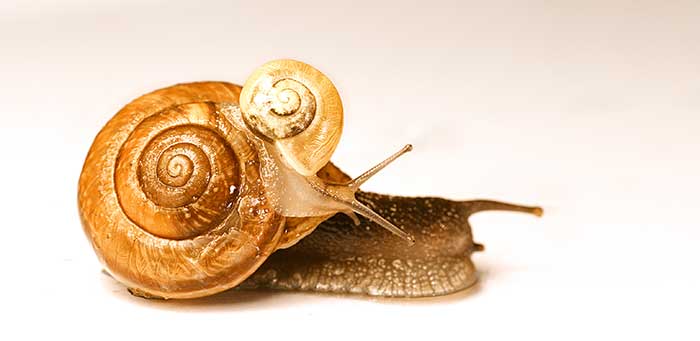
Earth snail. Speed: 0.03 mph; Time to relocate: 89,000 hours
- Dung beetle. The name of this bug hero does not necessarily evoke familiar images but it is claimed to be the world’s strongest animal in relevance to its own body mass. Onthphagus Taurus, a particularly strong member of the dung beetle family, can pull a load equivalent to 1,141 times its own body weight. Imagine a standard 26ft moving truck which has such power – the monster truck would be able to pull a single load of 14,376,000 pounds (6,521,000 kg), or 4881 one-bedroom moving jobs at once! A moving truck that’s every moving company’s day-dream.
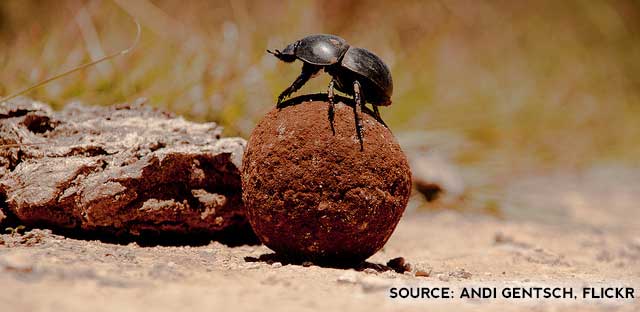
Dung beetle. Mass: 0.180 pounds; Size: 1 inch; Power – can pull 1141 times his own body weight
- Camel (Camelus in Latin), a.k.a. The Ship of the Desert, has been a well-known loyal companion to every desert tribe for more than 120 centuries. These meek animals are famous for their ability to carry large loads of precious goods for thousands of miles through hot and dry desert land without drinking a single drop of water for days. Raw facts state that a camel can drink 26.5 gallons of water and walk for 17 days before the next “re-load”. With the ability of walking 100 miles a day, this simply means carrying a cargo load through the desert for 1,700 miles with a single charge of its “water tank”. Transferred into the world of moving, a standard 26ft moving truck would require 172 gallons of fuel to run the same distance, or 6.5 times less efficient. Moving companies should definitely put a pressure on the automotive engineers to try and build trucks as fuel-efficient as our humped friends.
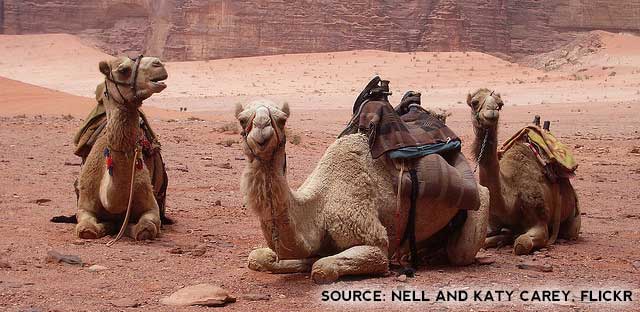
Camel. Drinking capacity: 26.5 gallons; Distance covered before being “refilled”: 1,700 miles
- Ants. These small insect creatures amaze us with their complex social behavior and abilities to withstand conditions that would challenge every individual human being. Much alike humans, ants form well-functioning societies with labor division, communication between individuals and ability to solve complex problems. Among all of the abilities they possess, ants are incredibly strong – the tiny Leafcutter ant is capable of carrying with its mandibles objects 50 times heavier than its own body weight. Their muscle tissue is much thicker than those of larger animals or humans. Imagine movers who have this ant’s muscle strength – they would easily carry around moving boxes that weigh 8,820 pounds. This is like 3-bedroom local move performed by a single mover without the help of a moving van. If you ever notice such a qualified mover looking for a job on Craigslist, please contact us immediately!
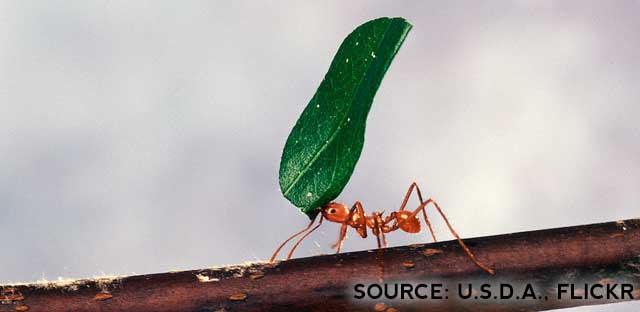
Ant. Size: 0.04 – 0.63 inches. Strength: 50 times their own body weight.
- Arctic Tern (Sterna paradisaea) is a medium-sized (11-15 in body size, 26-30 in wingspan) seabird that hardly impresses the observer with its outstanding coloration or body features. As its name suggests us, the bird inhabits the coastal regions in cooler arctic parts of North America and Eurasia during the northern summer. What is fascinating about this cold-loving bird is its migrating behavior – during the southern summer months it can be noticed near the edge of the Antarctic ice. For a single year, the Arctic tern flies from the North Pole to the South Pole and back, a remarkable long-distance flying abilities covering an average of 44,100 miles. This counts for as much as 30 relocations performed by an average American in a single year! Luckily, this bird is not moving companies’ favorite customer since it does not possess a single personal item during its migrations, otherwise it would cost approx. $100,000 per year – quite a luxurious way of living.
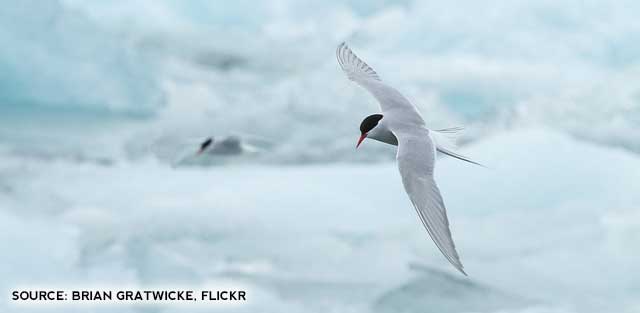
Arctic Tern. Size: 11-15 in. Wing span: 26-30 in. Distance covered per year: 44,100 miles.
- Grey squirrel (Scuirus carolinensis). These fluffy, nimble mammals are among the most frequently seen species in North America. It inhabits not only wild forests, but also yards, gardens and city parks – basically, they live anywhere where there are large deciduous trees. What we may not know about them is their peculiar aptitude towards stowage – they are one of the Nature’s most talented storage-facility owners and managers. Their ability to store food is called hoarding, and this particular squirrel is a master of the so-called scatter-hoarding – it stores food in several thousand scattered cashes throughout its territory every season, and this territory is respectfully large for such a tiny mammal – about 10 ha (1,076,400ft2). To be able to remember each of these hiding spots, the grey squirrel has developed an extremely accurate spatial memory. Transferred into human world, a moving company owning a storage facility run by a single manager would be spread on a surface covering 100 football fields. Tell me then who wouldn’t love such a nifty warehouse manager!
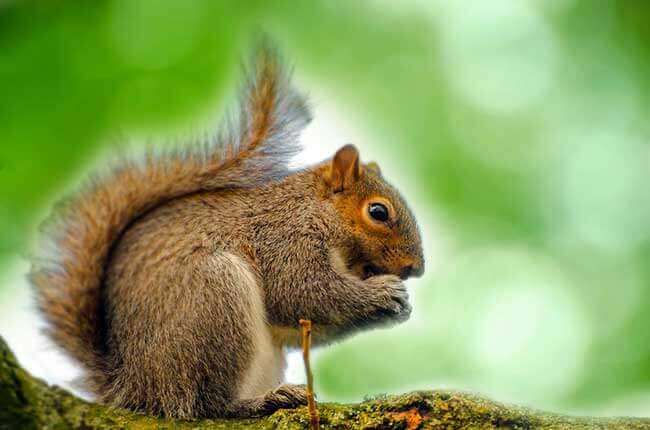
Grey squirrel. Body size: 9.1-11.8 in. Body weight: 14-21 oz. Evolutionary advantage: an incredibly accurate spatial memory.
- Reaching the end of our animal-moving fun-factology, we asked ourselves “What would the most challenging moving job in the animal kingdom be?” The answer is another famous member of the insect family: the Termite. These blind relatives of the cockroaches (they hate sunlight and spend their lives in darkness) are Nature’s most skillful builders, constructing huge nests of mud, soil, digested food and saliva called mounds. Not only mounds are big – some of them may reach heights of 42 feet – but are also perfectly air-conditioned and temperature regulated, containing hundreds of rooms with different purposes: room for the queen, larvae nurseries and even fungus farm, interconnected by galleries. One of the largest termite mound is home to a family of 3 million termites. Imagine a moving task of that magnitude: 3 million members, almost 1000 room family house 7,300 feet tall, comprising of Queen’s palace, military equipment, kindergarten furnishing and agriculture tools. You’ll need a fleet of at least 250 moving trucks, 600 school buses and tons of packing materials. It’s like a full-scale version of The Great Human Migration!
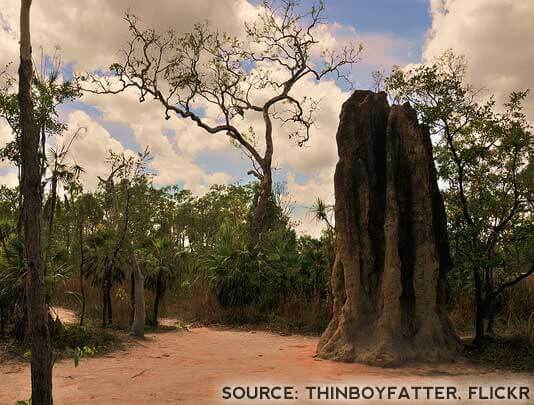
Termites. Size of the nest: 42 feet high. Family size: 3 million. Relocation requirements: more than 250 moving trucks and 650 school buses.
One bonus fact for consideration: The enormous termite-mound moving task may look like a child’s play if we put some recent discoveries about ant colonies into play. Scientists have recently discovered a couple of ant supercolonies – one in Japan, comprising of 306 million workers, 1 million queens, 45,000 nests and 1.04 mi2 in size, and one in Southern Europe by Argentine ants – 3,700 miles in length, millions of nests and billions of workers. The surprise came when they realized that the biggest Japanese, Californian and European ant supercolonies were in fact part of a global megacolony! This means that moving such a vast structure is a virtually impossible task – there is nowhere to move it to because it would cover the entire globe! Isn’t that fascinating!
